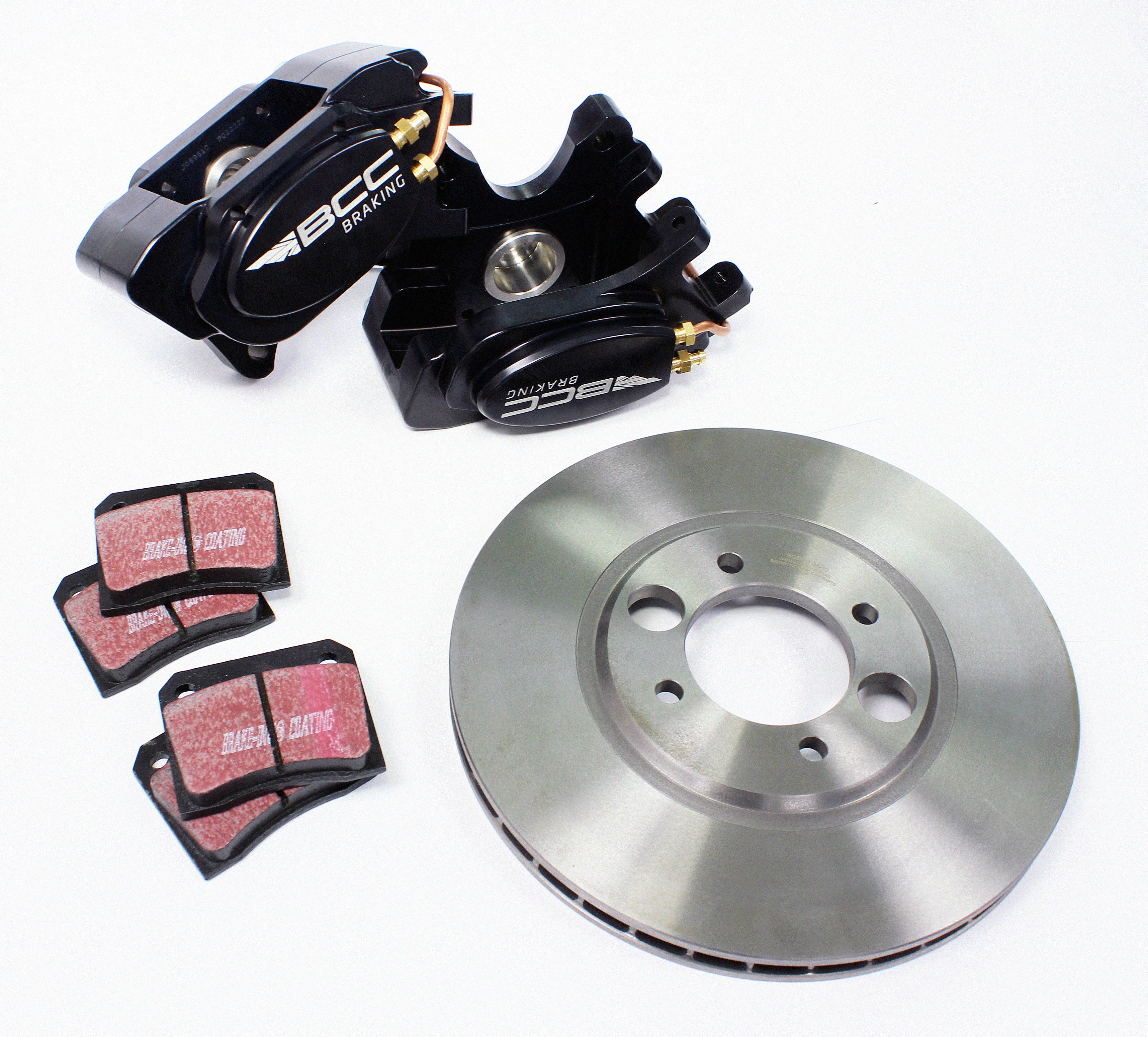
When the brake is released the square profile seal returns to its original shape and this is what draws the piston back inside the cylinder, releasing the brake. On a correctly functioning brake caliper, when brake pressure is applied and the piston is pushed outwards towards the brake disk (squeezing the disk in between the pads) the square profile seal deforms. The square profile seal is a very simple, but very clever, part of the caliper. Once you've done this, remove the outer gaitor seal and the square profile seal on the inside (cylinder) section of the caliper. Once the piston has been removed, you can - dum dum dum- clamp the brake line (you can use a special brake line clamping tool for this, or if you don't have one, a set of mole grips with some cardboard in the jaws will work just fine).

Car caliper free#
If you prefer to read the Instructableubblyabubblyubblyabubble steps instead, then please feel free to do so. If you have decent internet access then the video above shows you the whole process. If you take your car to a garage, most of them will clamp the brake line and you will never even know they did it.) I have never seen an actual case of a brake line being damaged by clamping - I have only ever hear anecdotal stories and warnings. (Yes, there will be people who say "don't clamp your brake line" but I have worked with hydraulics for many years and see no problem with this. If you're in a hurry to get your car back on the road, like I was, then you don't even need to remove the brake caliper from your car: you can refurbish it with the brake line still attached. Often the whole brake caliper assembly is replaced when this happens but that is a real shame: They are very simple things, and for about 20 USD you can buy a brake caliper repair kit (which can include a brand new piston) and with an hour or so of work, your caliper will be as good as new! The fact that this 18 year old car still drives like a dream despite this ( and despite the fact I bought it years ago for only $800 and despite my sporty driving technique.) is nothing short of a miracle! However, one of the brake calipers did seize recently so I had to fix it - hence this Instructable. My 1999 Ford Focus has lived its life in the wet and windy North West of England. If this happens you may hear 'squeeling', smell overheating of the brake components and the entire wheel may get very hot.

Brake calipers are located in a very dirty area of your car and are subjected to years of abuse at the hands of road dirt, water and salt ( and as a result of your 'sporty' driving technique!).Įventually the piston can corrode and the brake caliper will seize (aka 'freeze') and when you release the brake the brake fails to release.


 0 kommentar(er)
0 kommentar(er)
